The snow keeps hanging on even with temperatures into the 40s with a bit more snow to come later this week. Regardless of things outside, it’s time for Matt to get the greenhouse ready for Spring!

The snow keeps hanging on even with temperatures into the 40s with a bit more snow to come later this week. Regardless of things outside, it’s time for Matt to get the greenhouse ready for Spring!

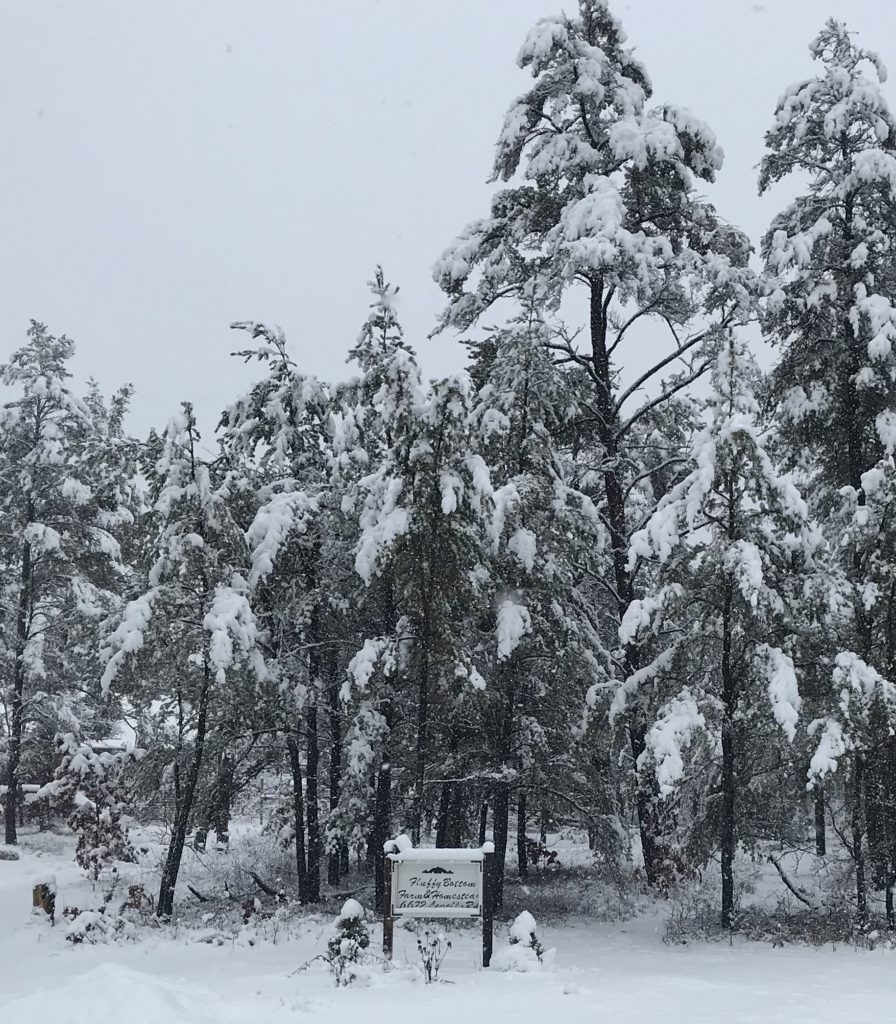
While the snow continues to fall, Winter provides the opportunity to rest, renew, and review the season past. It also provides time to look forward to Spring and the changes to look forward to in the coming season. Chief among the plans is beginning the transition of the Farm’s management and day to day work. Matt, who has been a great help these past years, will be taking on more responsibilities in the operations. Much of the coming year has been planned and will be executed by him as he gains the knowledge, skills, and habits of providing for the smooth operations of the Farm. He has many ideas and hopes for new directions and I will enjoy stepping onto the sidelines as he takes on more of the responsibilities.

Now that the potatoes have several weeks of growth, when it stops raining, it will be time for the Second Phase which is during the growing season. A mixture of straw, compost and soil will be added to each tower to bury the stems a bit deeper in order to (hopefully) increase yields. To hold the next layer, additional side boards made from 1” x 6” boards will be added to each tower.
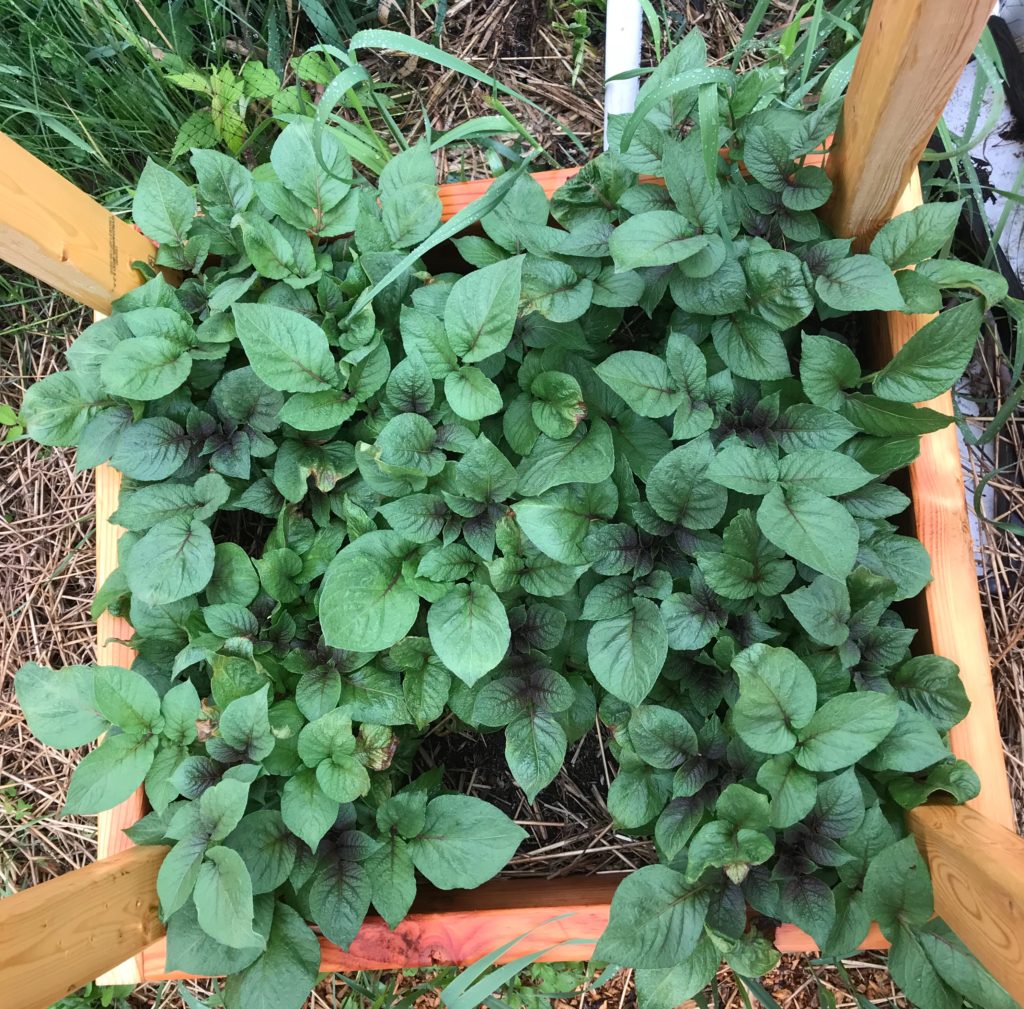
“St Patrick, please deliver us from these confounded snakes! They’re ill mannered, don’t want to play, stink, and taste terrible. Thank you. “
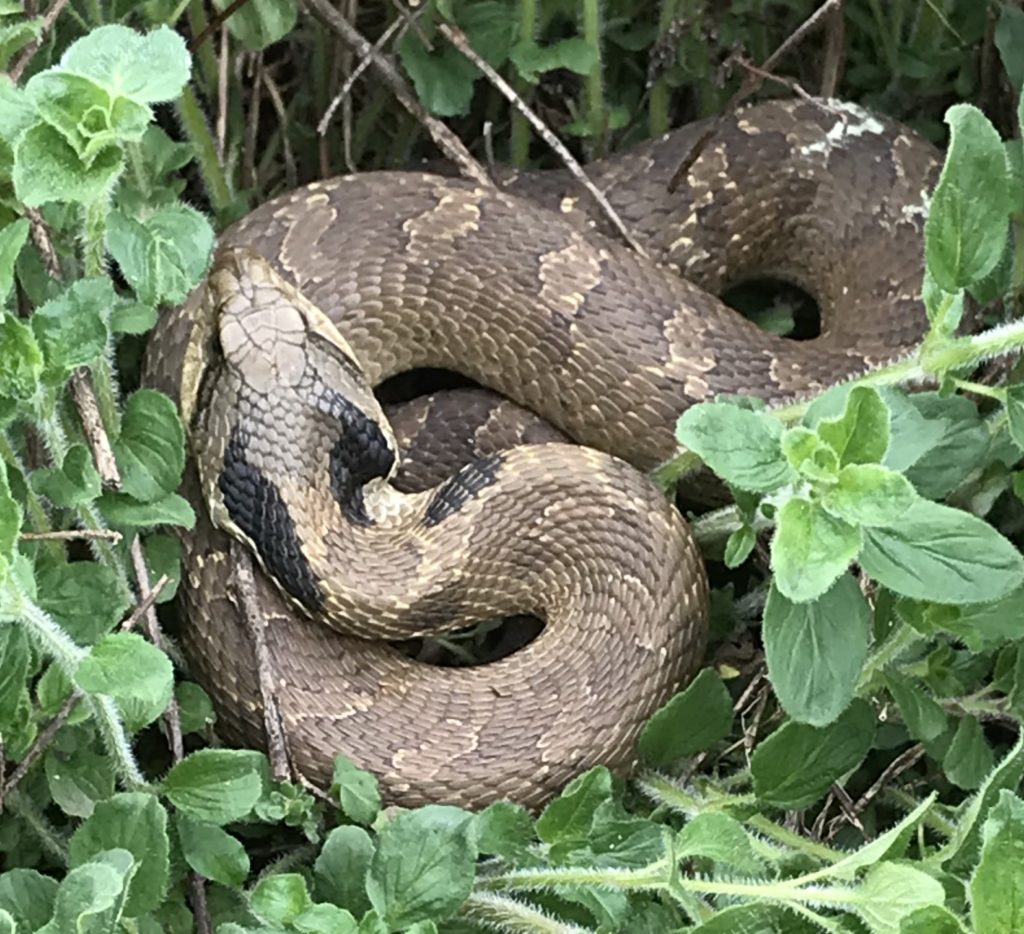
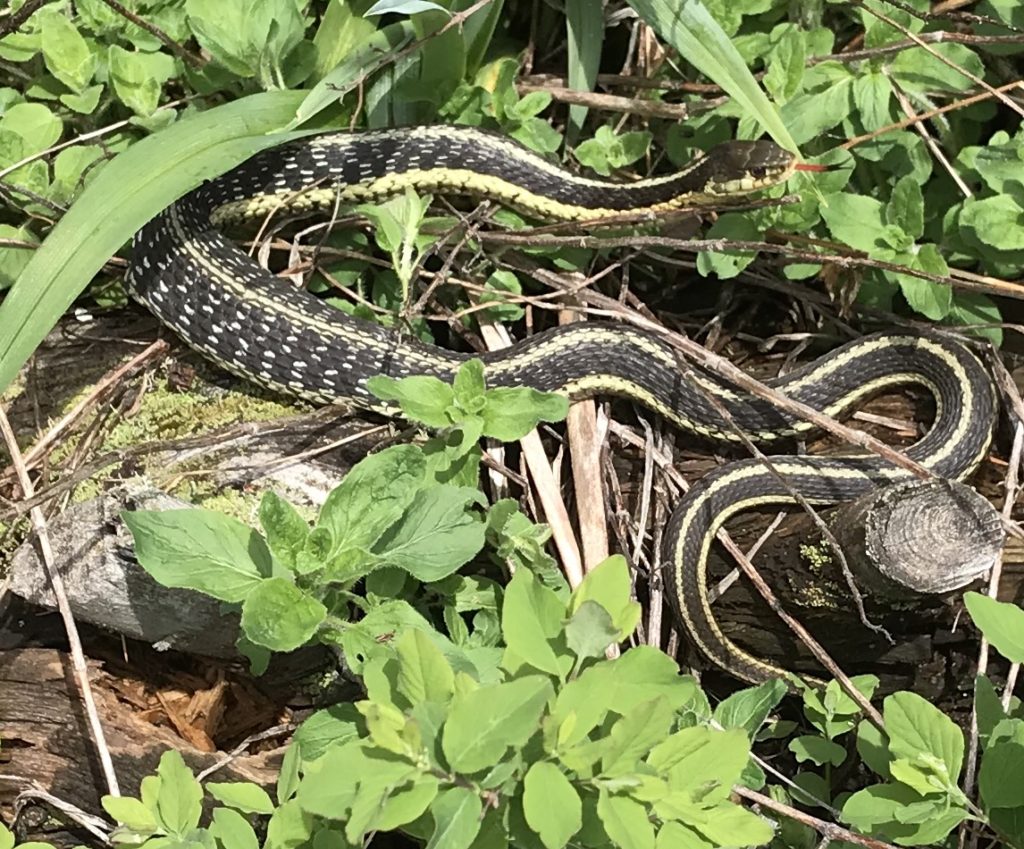
Crops in the ground include lettuces, beets, chards, kales, spinaches, carrots, radishes, turnips, and potatoes. Unfortunately the only signs of growth is from the Garlic which are going gang-busters.

Step One – Start with old sheet from newspaper
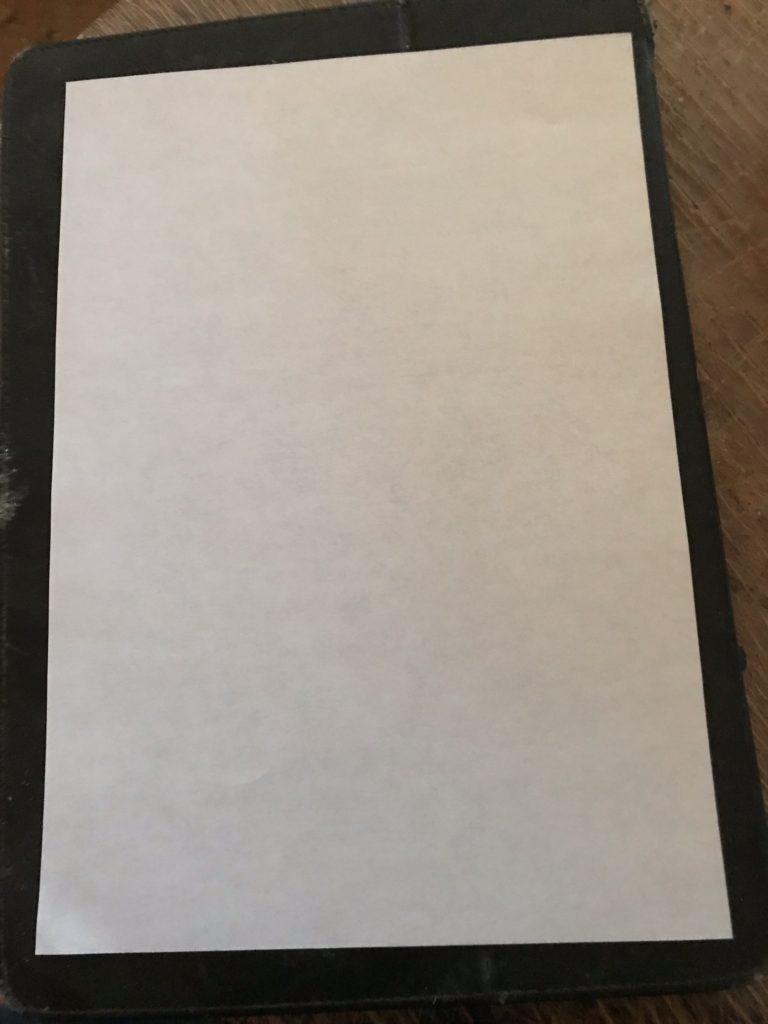
Step Two – Fold in half placing so fold is at top
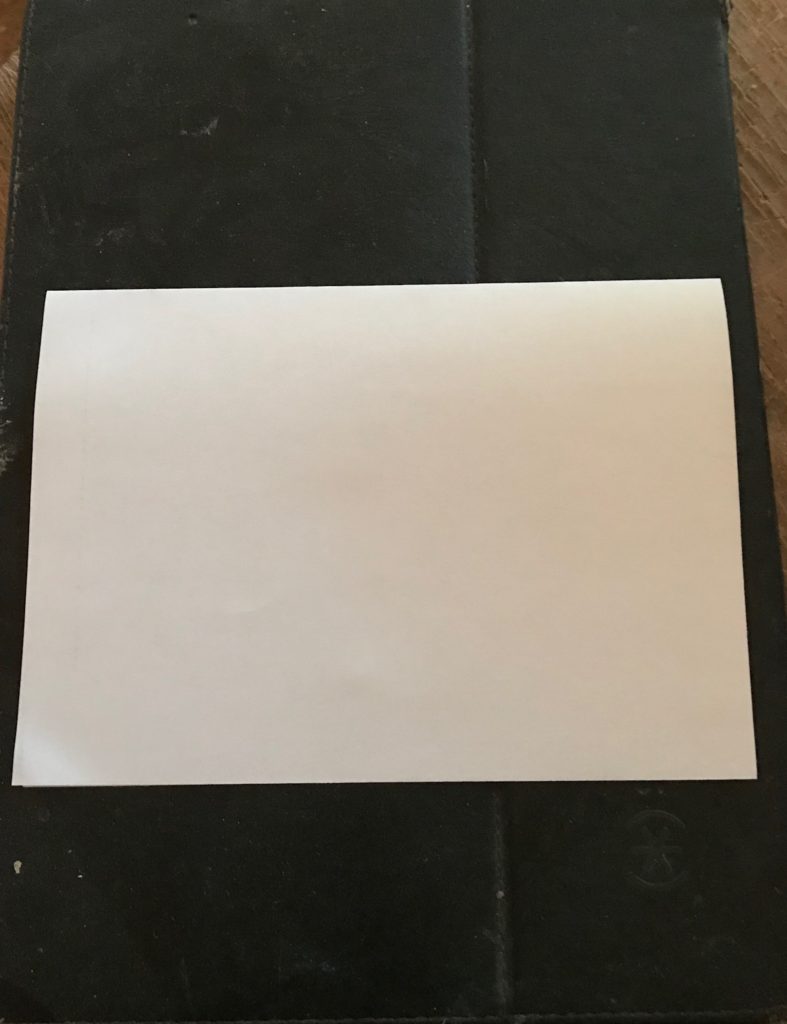
Step Three – Fold top corners to center
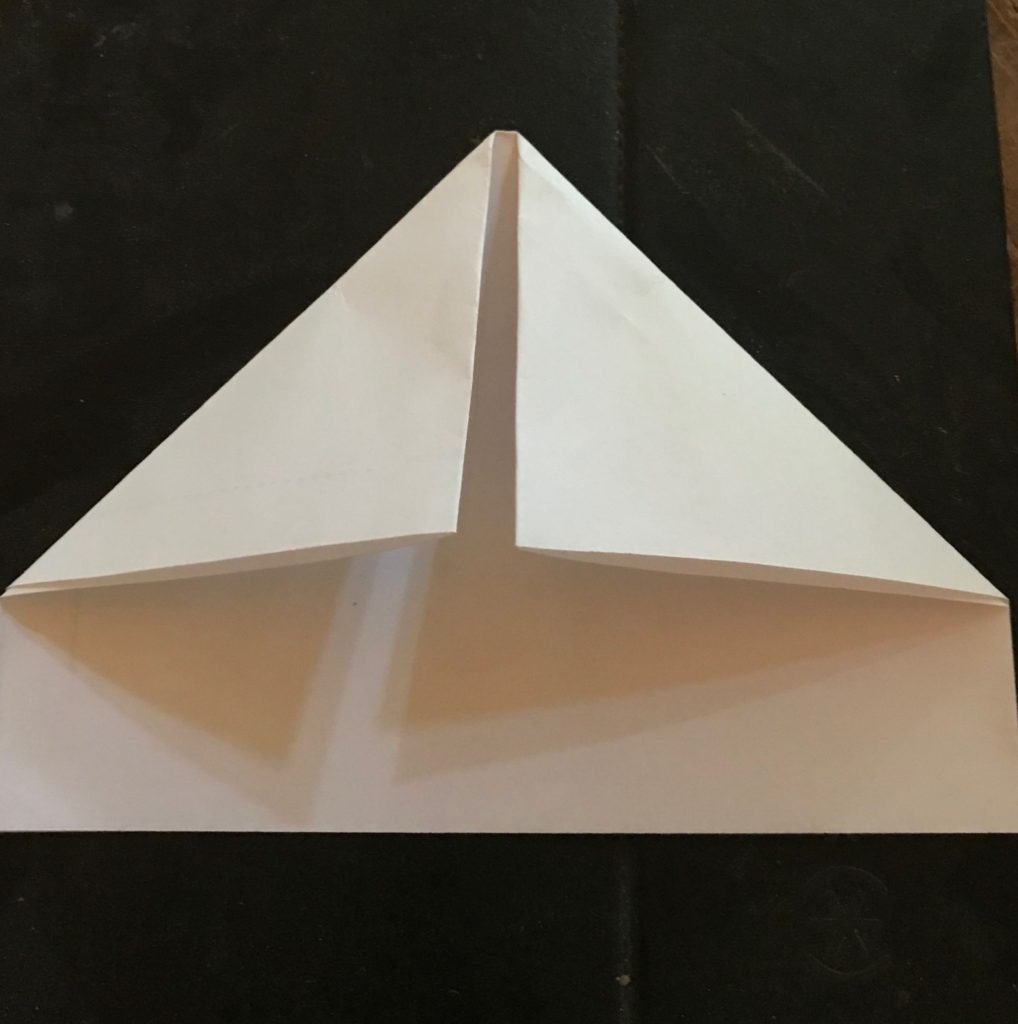
Step Four – Fold bottom edges up on both sides
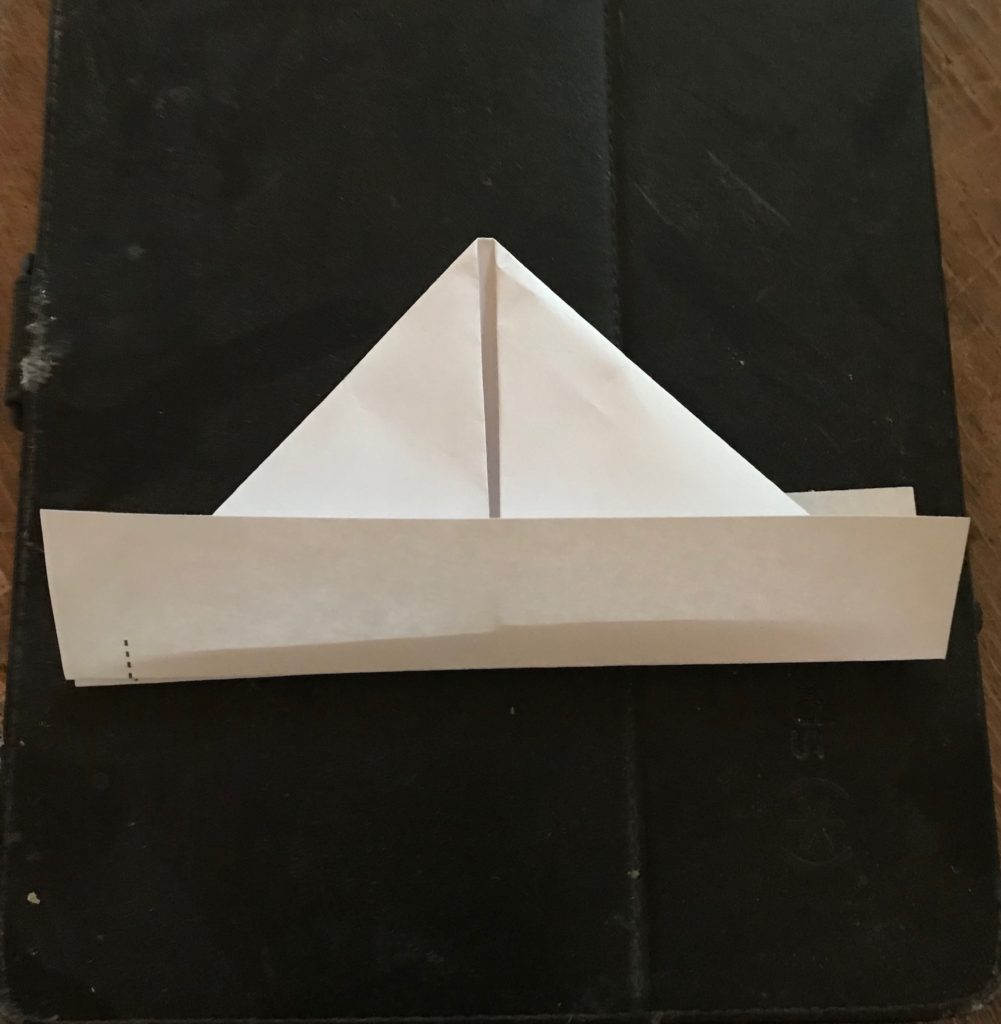
Step Five – Pick up cap, open via bottom opening and retold along seam from step 3, cross cross straight edges ( should end up looking like square)
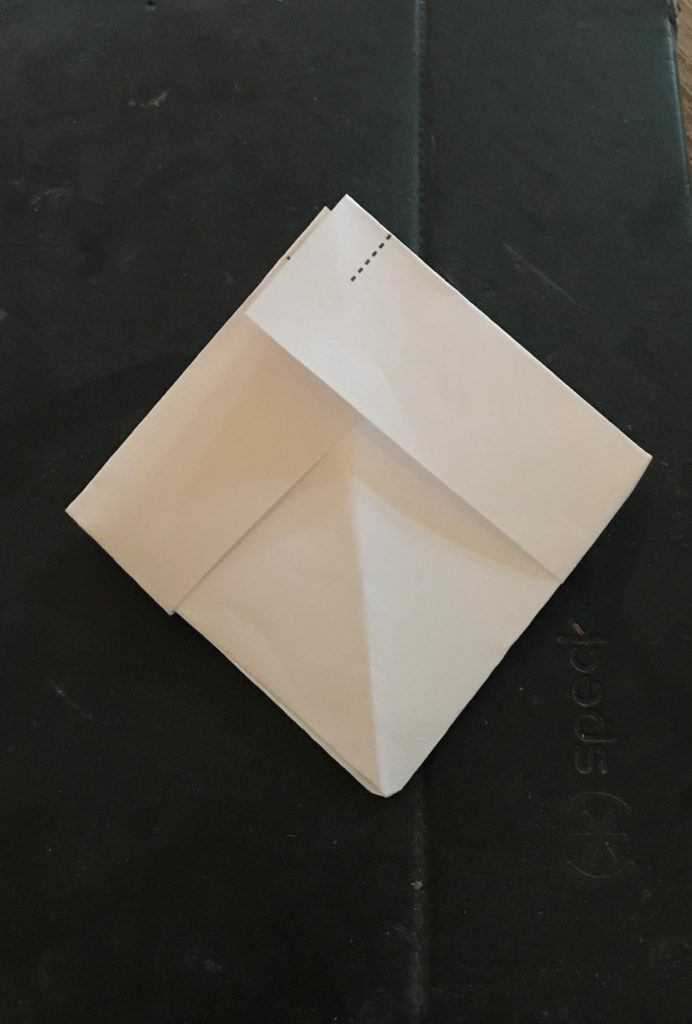
Step Six – Fold crisscrossed corners up about 1/3 to 1/2 toward peak (depends on size of cap at this point)
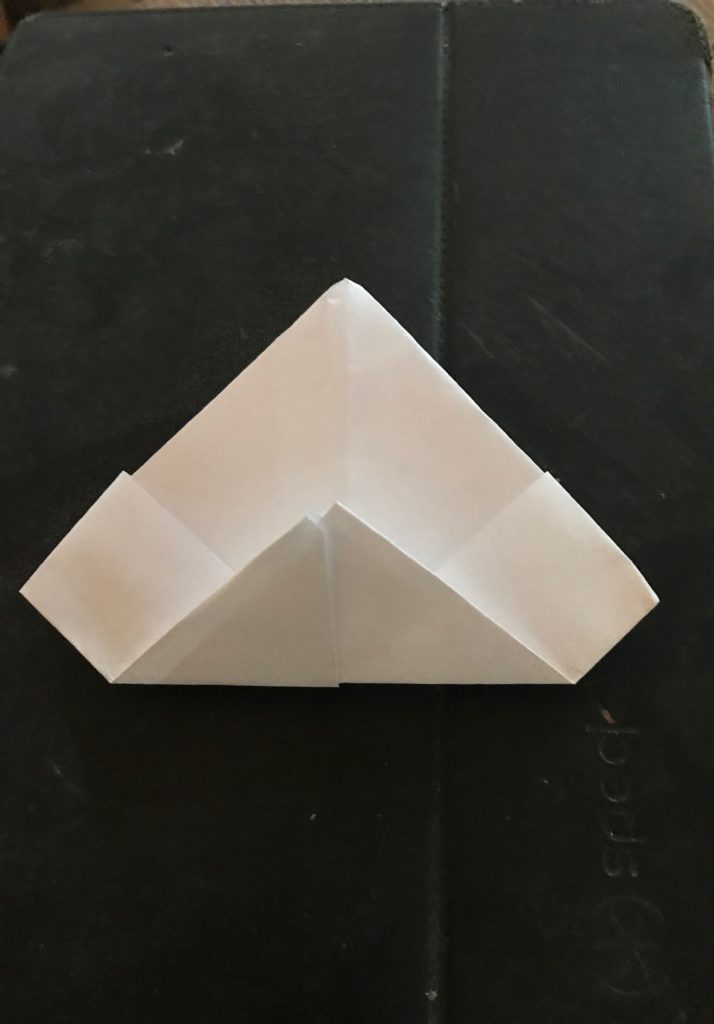
Step Seven – Tear/cut peak to vent heat during day (looks like a volcano). To use, open cap, place over plant, bury the flat corners with soil to hold in place.
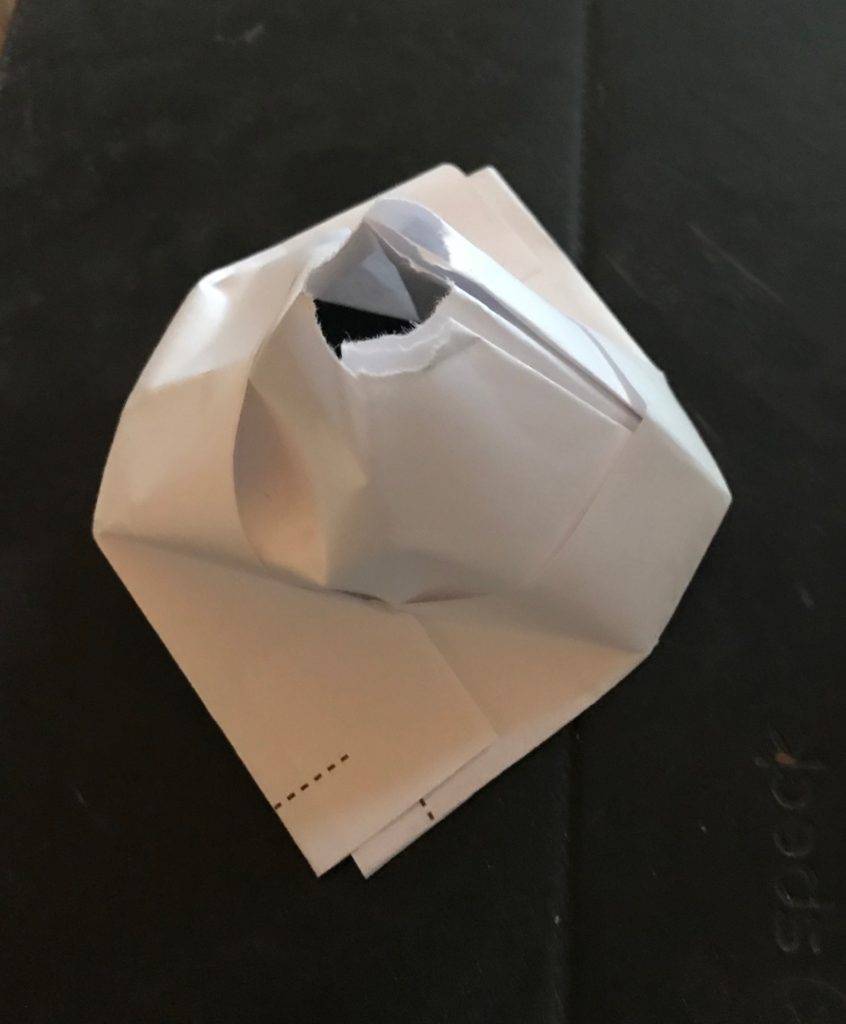
Once the weather warms and stablizes, caps can be removed or torn open to compost or just like the plant grow up through the vent hole. You should check them after and heavy rains in case the collapse onto the plant being covered.
The scary sign that Spring has arrived. Idiots with matches.
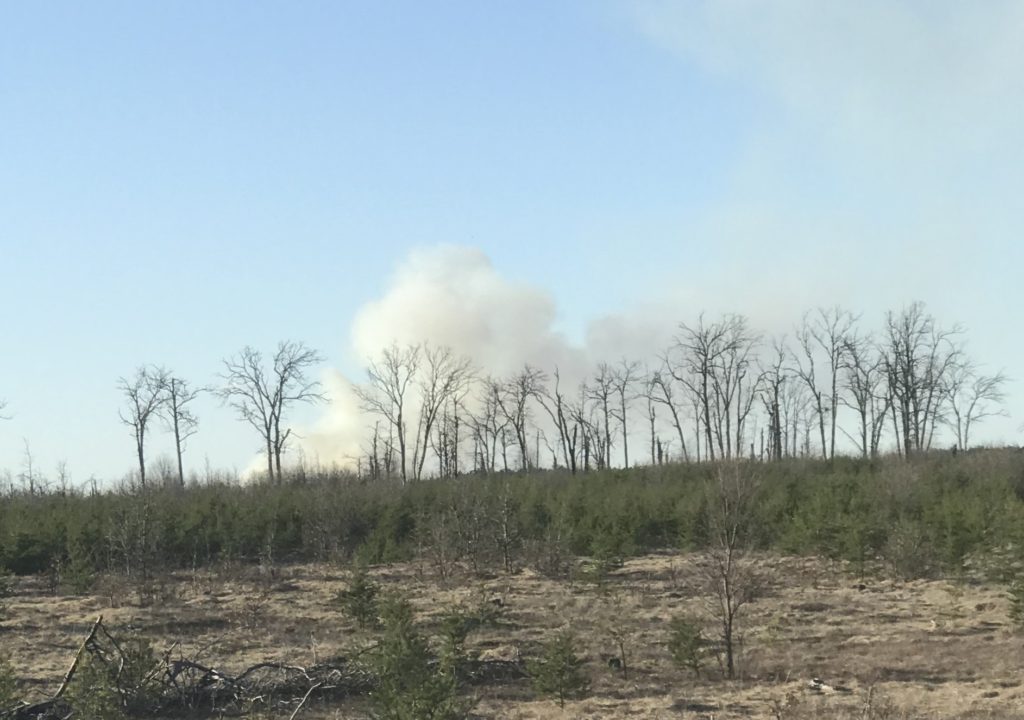
The following are the potato varieties planted in the towers and in a field row:
After a few days of settling, the towers are ready to plant. The decision was to plant six spots in each tower. If the seed potatoes were small, two were planted together – otherwise just one.

The potatoes were covered with a compost, peat soil mixture about 4” deep.

Lastly, each was topped with a layer of straw to prevent the light soil mix from blowing out and to retain moisture while the potatoes sprouted.
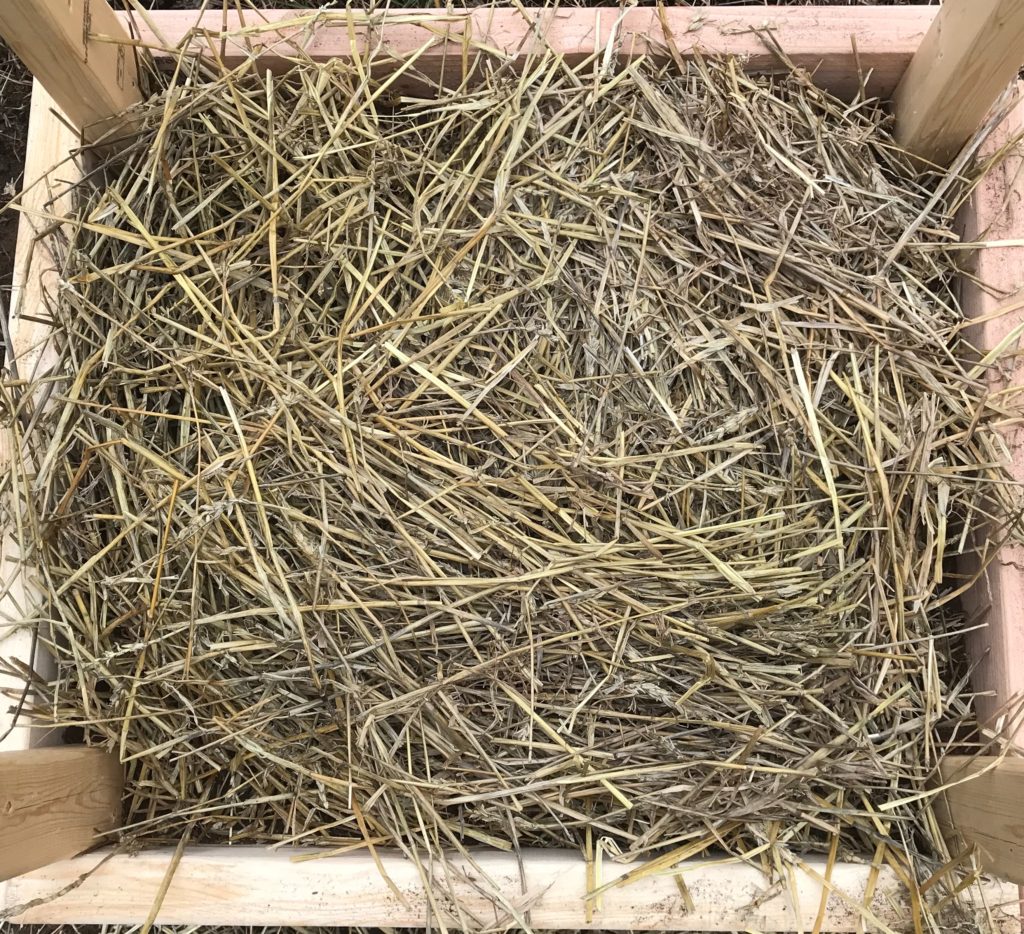
As the potatoes grow through the early half of the season, additional sideboards will be added along with more soil mix to hopefully increase production in the towers.
The varieties planted were Adirondack Blue, Mountain Rose, Harvest Moon, Adirondack Red, Pinto Gold, Purple Sun, Red Norland, and Yukon Gold. Once a field site is prepared, field rows will also be planted for comparison.